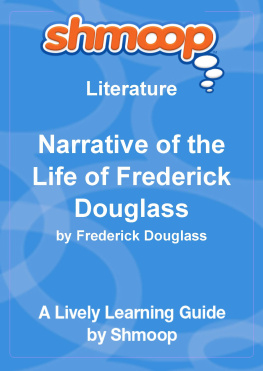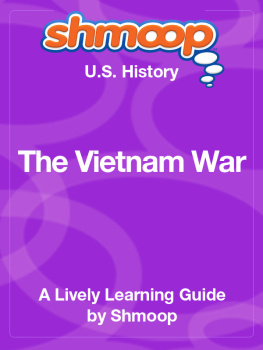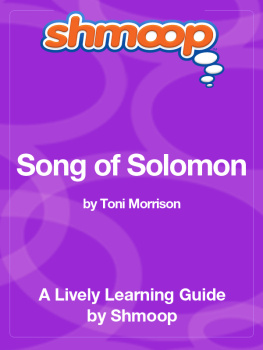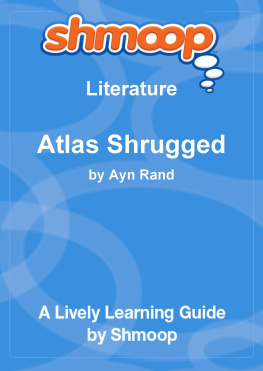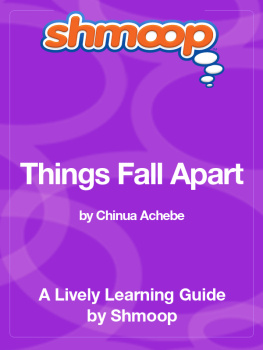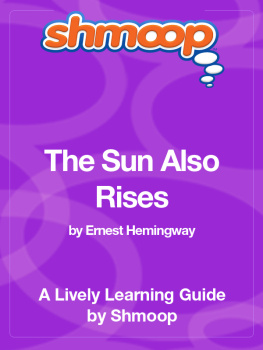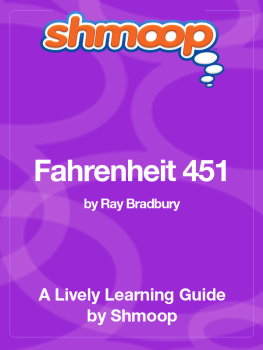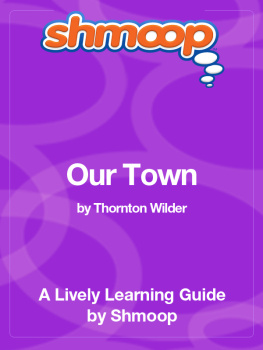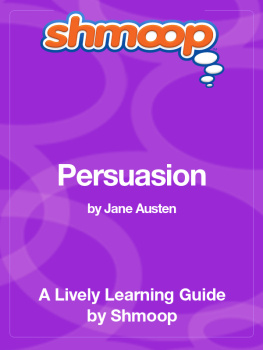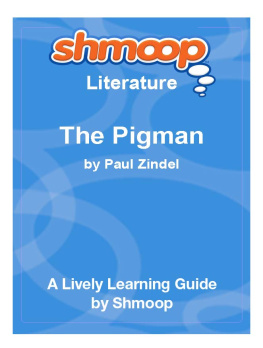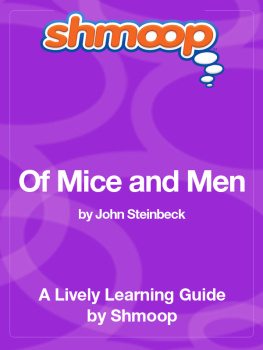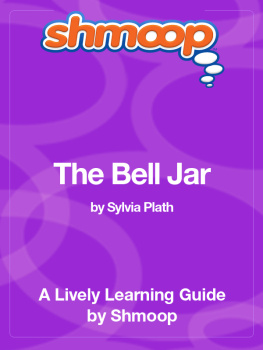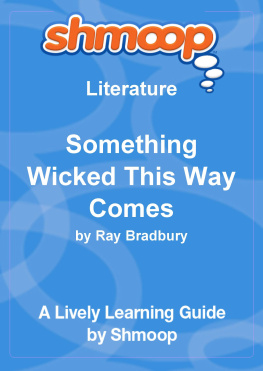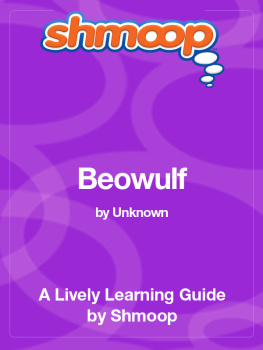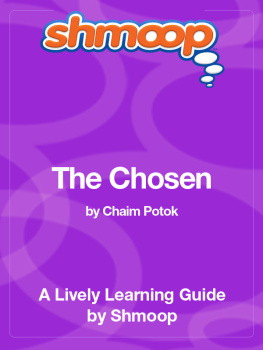
Table of Contents
In a Nutshell/Overview
Frederick Douglass's Narrative is basically an autobiography. It's the story of his life from the time he was born a slave to the time of his escape to freedom in the North. But it's also a piece with a strong political message. When Douglass wrote this book in 1845, slavery was still legal in much of the United States. He became a public speaker and writer to try to stop it. He believed that if he showed people what slavery was really like, they would understand why it needed to be abolished. And who better than a former slave to tell the truth about slavery? So even though he wants to tell us his personal story, he never forgets the larger goal of abolishing slavery.
Douglass's Narrative was an instant success, selling over 35 thousand copies in the U.S. and Europe, and was quickly translated into both French and German. But can a piece with a political agenda also be great art? Douglass's book isn't a novel or a poem, and he tries to keep the language simple and clear (at least by the standards of his day), so it can seem like there isn't much to it.
But Douglass would eventually become the best-known abolitionist in the country (and the most famous black American of his era) because he managed to do so much more than just write a description of slavery. Instead of just arguing against slavery, Douglass asks some hard philosophical questions about what freedom really is.
Why Should I Care?
Frederick Douglass's Narrative is not just about slavery. It is about that, of course; as a historical document, it paints a powerful picture of what it was like to be a slave, how the world looked from the bottom, and what kind of place America was when "the land of the free" was only free for white people. But while a lot of books were written by ex-slaves in the 1840s and 1850s, a lot of slave narratives read like documentaries, or worse, like Public Service Announcements. Frederick Douglass's narrative is by far the most important one, because he wants us to think about more than just the legal, historical, and political issues of slavery and freedom. He wants us to think about it as a philosophical question: what does it take for the human spirit to be free?
Douglass wants to show us that he made himself free. Freedom isn't something that's given to us; it's something we each have to find for ourselves. And although Douglass had it a lot harder than most of us ever will, we each have something to learn from his perseverance and courage in search of his own freedom, and his refusal to rest before finding it. One of the hardest lessons Douglass has to learn is that this battle never really stops. As long as anyone is a slave, Douglass knows he himself is not fully free. This is something that we can think about with regard to justice anywhere and anytime: can any of us be fully free if the least of us is oppressed?
What's Up With the Title?
The full title of this book is
Narrative of the Life of Frederick Douglass, An American Slave. Written by Himself. Pretty straightforward title, right? Frederick Douglass was a slave, and this is going to be the narrative, or story, of his life. Well, that's what it is, and sometimes straightforward is good.
But there are also a couple things worth noticing here. First, by calling himself an
American slave, Douglass is reminding his audience that slavery didn't happen in some faraway land; it happened in
America, the "land of the free." We're supposed to notice that and think about it. Douglass loves this kind of irony, and reminding us that the land of the free is also the land of slavery is just the kind of hypocrisy he likes to point out. (Years later he gave a famous speech entitled "What to the Slave is the Fourth of July?" which you can read here.)
The second thing is the phrase "Written by Himself." That might seem basic, too, but there's a serious point there. Most white Americans in the mid-1880s had a hard time believing that a black person could even learn to read, much less write a book. In fact, when the book became a bestseller, there were a lot of skeptics who insisted that he must have had help. This is why Douglass included two different prefaces from famous writers at the beginning, to sort of vouch for the fact that he did it all on his own. Just the fact that he wrote the book by himself was a way of proving that black people were the equal of whites.
What's Up With the Ending?
The ending isn't really a surprise. You must have figured out that the book would end with Douglass getting his freedom, right? Plus, even if you didn't, Garrison's preface gives it away. So it's not like the "getting free" part is the big climax.
Instead, the ending challenges us to think about what "freedom" really means. Douglass wants us to understand that slavery is wrong and should be abolished, of course, but he also wants to show that freedom is something more than a legal category. For one thing, even when Douglass does get his freedom and goes to New York, he's lost and alone. Without the help of his friends, he wouldn't have been able to make a new start.
Even more than that, though, Douglass's real triumph is in finding his
voice, both as a public speaker and as an author. We think that's why the book ends by returning to the moment that Garrison talks about in the preface, when Douglass first stands up and begins telling the crowd about his experiences.
In a way, the real happy ending might just be the fact that the book you're reading exists at all. After all, Douglass tells us that at first he didn't want to stand up in front of a crowd of assembled white people because he still, on the inside, felt like a slave. And just as giving that speech shows that he's finally become free on the
inside, the fact that he follows it up by writing this book makes the same point: after freeing his body, becoming an author shows that he has freed his
mind. Yet this also suggests that getting his freedom hasn't really been the end of his journey.
In fact, getting his freedom is almost anti-climactic, since slavery continues. Getting his freedom is in a way the
beginning of Douglass's story, the beginning of his life as an activist working to end slavery and the beginning of the long road to freedom that African-Americans have traveled ever since.
Writing Style
Old-Fashioned, Elevated, Plain, Personal, Biblical
Although Douglass's language may seem a bit stilted to us today, his style is usually pretty straightforward. He wants you to understand him, so he doesn't write long or complicated sentences, and he tries to speak informally, as if it were just you and him.
Still, he does sometimes use a kind of elevated language, and parts of the book can be a bit difficult. It might be that he's emulating the style of the King James Bible, one book that almost all of his readers would be familiar with. And he also might be showing off a little, since he had to fight so hard to learn how to read and write.
For example, this is how he describes Aunt Hester being whipped:
I remember the first time I ever witnessed this horrible exhibition. I was quite a child, but I well remember it. I never shall forget it whilst I remember any thing. It was the first of a long series of such outrages, of which I was doomed to be a witness and a participant. It struck me with awful force. It was the blood-stained gate, the entrance to the hell of slavery, through which I was about to pass. It was a most terrible spectacle. I wish I could commit to paper the feelings with which I beheld it.
